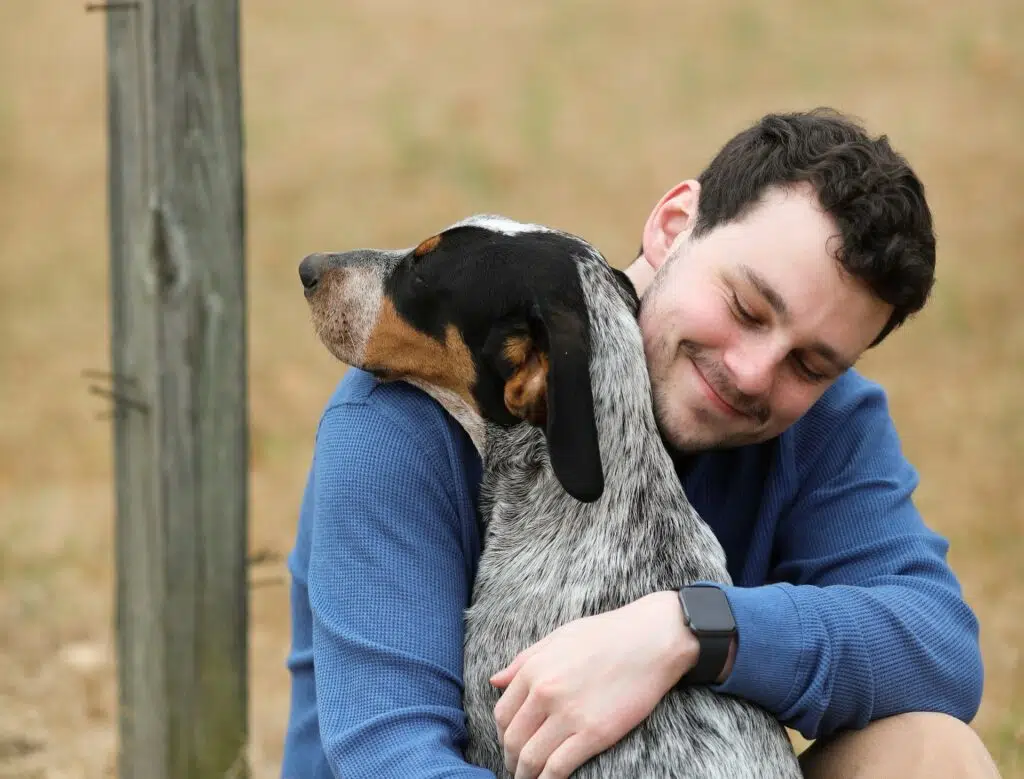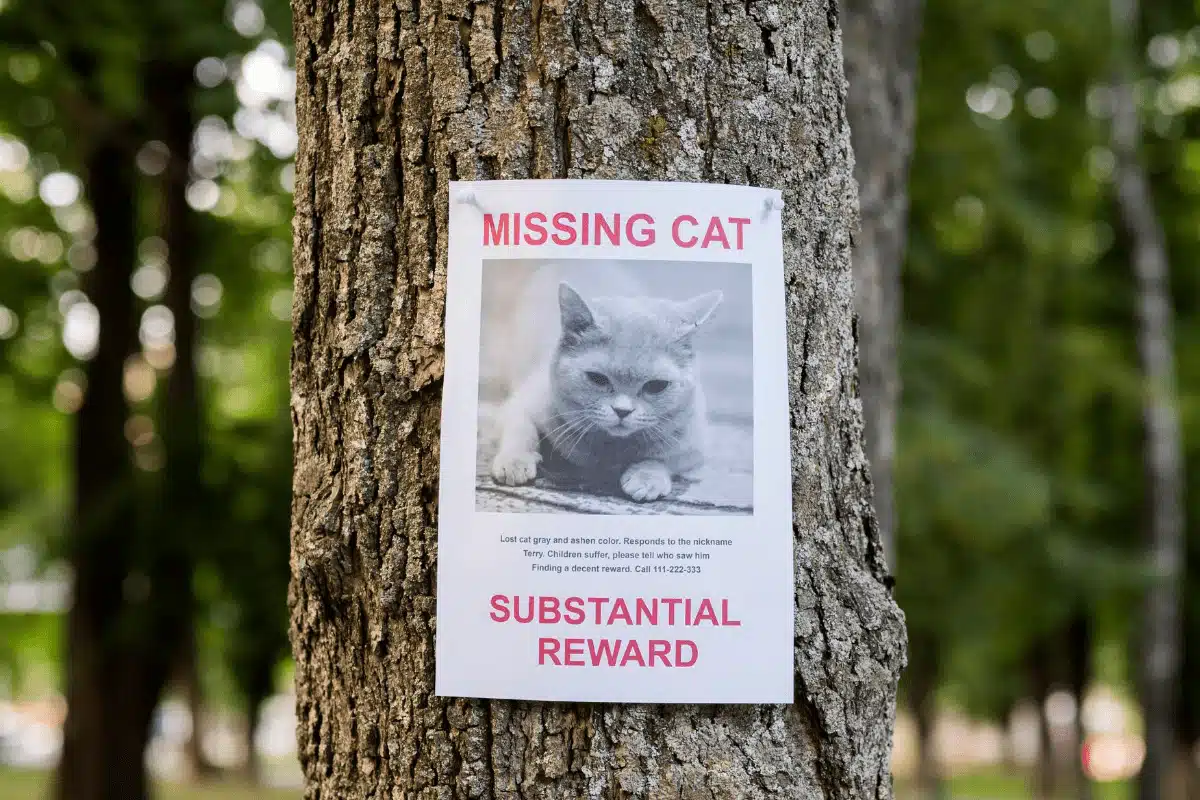Home » Blog » Pet » Pet Health & Safety » How to Find Lost Pets
Categories
Tags
animal welfare
breed profile
buying a car
buying a pet
Car
car accessories
car care
car features
car insurance
Car safety
car sales
car service
cat
cat behaviour
cat body language
Cat Breeds
cat food
cat insurance
comprehensive car insurance
Dog
Dog Behaviour
dog body language
Dog Breeds
dog food
Dog Insurance
dog training
eco friendly cars
Kitten
New Car
pet accessories
pet activities
Pet Adoption
pet breeders
pet days of the year
pet fun stuff
Pet Health
pet insurance
pet parenting
Pet Safety
pet services
Puppy
rescue pets
road safety
road trip
safe driving
Recent Blog:
Facebook Posts
2 days ago
Are intestinal worms setting up camp in your dog’s gut without paying rent? Here’s how to spot the main culprits and get rid of them too:![]()
![]() Preventing, Identifying and Treating Intestinal Worms in Dogs - bit.ly/43YjCKu
... See MoreSee Less
Preventing, Identifying and Treating Intestinal Worms in Dogs - bit.ly/43YjCKu
... See MoreSee Less
Preventing, Identifying and Treating Intestinal Worms in Dogs
www.pd.com.au
Intestinal worms, such as roundworms in dogs are one of the least glamorous topics on the planet. These intestinal parasites that basically use our dogs
PD Insurance
with Dogs West.
3 days ago
We enjoyed meeting #breeders #doglovers and members at the Dogs West Open Day. Special thanks to our partner Dogs West for organising an incredible event. There is still time to enter our pawsome competition. Click here for details: bit.ly/4covyce![]() #PDinsurance #dogswestopenday #dogswest
... See MoreSee Less
#PDinsurance #dogswestopenday #dogswest
... See MoreSee Less
4 days ago
Did you know? The Manx is a breed that is known for its lack of a tail, which is caused by a genetic mutation.
... See MoreSee Less
If you’re reading this because your fur baby is missing, we’re so sorry to hear that. As pet parents ourselves, we know how stressful lost pets can be.
That feeling of not knowing what’s happened or where they are (eek).
Or you might be reading this because they’re safe at home, but you fear they may duck off one day. Like 69% of Australian pet parents we surveyed recently you might be worried they’ll escape from home and get lost or hurt.
Well, this blog is for you.
We want you to be reunited with your furry, feathery, or scaly best friend fast. So, we put together the below Pet-Finding Checklist to help you get reunited.
Don’t have time to read? Open this image in a new tab then print it off to help you start your search ASAP.

Finding lost pets: action plan
There are many reasons why pets stray from home. They might be in search of company, comfort or food, for example. These are the top reasons:
- Boredom
- Curiosity (or a fascinating scent – we’re looking at you Mr. Beagle!)
- Separation anxiety in pets (where did you go?)
- Fear (scared by a loud noise such as thunder, fireworks or nearby construction), or
- Roaming to find their mate (if they’re not desexed).
Here’s how to cover all key bases in your search for them…
1. Start your search immediately
The longer your pet is missing, the chances of being reunited go down quickly. It’s vital you act fast. Make sure you:
- Ask friends or family to help with the search to widen the area covered
- Doorknock your neighbours in the closest streets first and widen your area as you go. Encourage neighbours to keep an eye out
- Check surrounding trees, roofs, garages, under houses, beneath cars or anywhere a scared or injured pet might hide
- Call your pet’s name and make familiar noises (such as tapping or shaking the food tin)
- Check parks and nearby reserves, in trees, bushes, in dog parks and favourite walking spots
2. Use social media and pet register websites
Getting the word out to your community is now easier than ever. Be sure to share a clear photo, description (breed and any unique markings) and name of your pet (it might come if called) with your contact number on it. Do this with those details:
- Post them on local community Facebook groups (not just the immediate suburb but also those around it. Dogs, cats and birds can travel fast!)
- Also post them on lost and found pet Facebook groups for your region. If you’ve moved recently, do so for the region you moved from too
- Check out whether your local animal rescue groups, shelters or pound have a lost and found service. Share the details with them too
- Advertise your lost pet and use the free (and paid) tools at Lost Pet Finders
- Contact the Australasian Animal Registry and list your pet as missing
- Check Gumtree’s regularly searched and updated ‘Lost and Found’ section
- Create a lost and found pet listing on Gumtree
- Use the Next Door app to contact neighbours and tell them you’re missing your pet
3. Contact shelters, local pound and vets
Your pet’s collar doesn’t have ID tags with a phone number? If someone finds them, they might take them to a local vet, shelter or pound to search for a microchip.
That’s why it’s so important that your pet always wears a tagged collar, and you make sure the details are correct (more on this in a bit).
Here are some steps for contacting local pet places:
- Call around to each one in your area, asking if an animal has been found and surrendered
- If not, visit in person as soon as possible with a photo or flyer with your details
- Send a follow up email so they have your contact details in-hand digitally too
- Check in every day if you don’t hear back
- Expand your search to neighbouring pounds, shelters and vets in case your pet has gone further than expected (some pets have travelled over 50km!)

4. Make and distribute posters / flyers
When creating a poster and/or flyer (good ol’ Word will do the trick) use the clearest, most recent photo and description, including your pet’s breed and any unique markings. Also include their name and your phone number. Double check all – especially your phone number! – for typos.
You might also want to add a reward for further incentive. If your pet is purebred and considered valuable, rewards can increase the likelihood of them being returned. But beware of scammers who are only out to make a quick buck.
We recommend putting flyers and posters up on/in:
- Community noticeboards
- Power poles in your neighbourhood and in local parks
- Vets, shelters and pounds
- Local shops and businesses (including pet supply stores)
- Local letter boxes
You might even place an ad in the local newspaper or on the local community radio station.
5. Update your lost pet’s microchip
Make sure your pet’s microchip details are up-to-date via the Australia’s Central Animal Records portal so you’ll be contacted on the correct number. And change their status to missing, so a vet or shelter will know to contact you.
6. Leave your gate ajar to encourage lost pets’ return
If you can, you might consider leaving your gate ajar and some aromatic food outside to attract your pet. They may return home on their own. A pet stranded outside might be tempted to wander or bolt again if they feel scared or threatened.
7. Keep widening your search (and don’t give up!)
Dogs, cats and birds can travel quite a distance so be sure to keep checking neighbouring suburbs too. Your pet might have become trapped somewhere (like in a garage, trailer or pen) and might not be able to get home.
It’s traumatic to think something might have happened to them, but the good news is that lots of animals are reunited with their pet parents within 24 hours.

Take steps to prevent lost pets happening again
Once a pet knows it can escape its enclosure, it might do it again. If your pet is a bit of a Houdini, consider a tracking device to make finding them easier.
Look at how they escaped and think about whether it could have been avoided.
Some examples… Does a fence or gate need fixing? Do extra barriers need to be put in place? Do they need to be brought inside at certain times? Has their home environment had an unsettling change that needs remedying/the pet needs reassurance about?
Protect against the worst: Insure your pets
Despite the high rates of pet parenthood, our research tells us that up to 3 out of 4 owners don’t have pet insurance. If this is you think twice. If your pet escapes and gets hurt or falls ill, with pet insurance you don’t have to make the difficult decision about whether you can afford to pay for their treatment.
Annnnd, with PD Insurance, if you sign up online you’ll get one or more months of free insurance! Click below to get started.
Share On:




